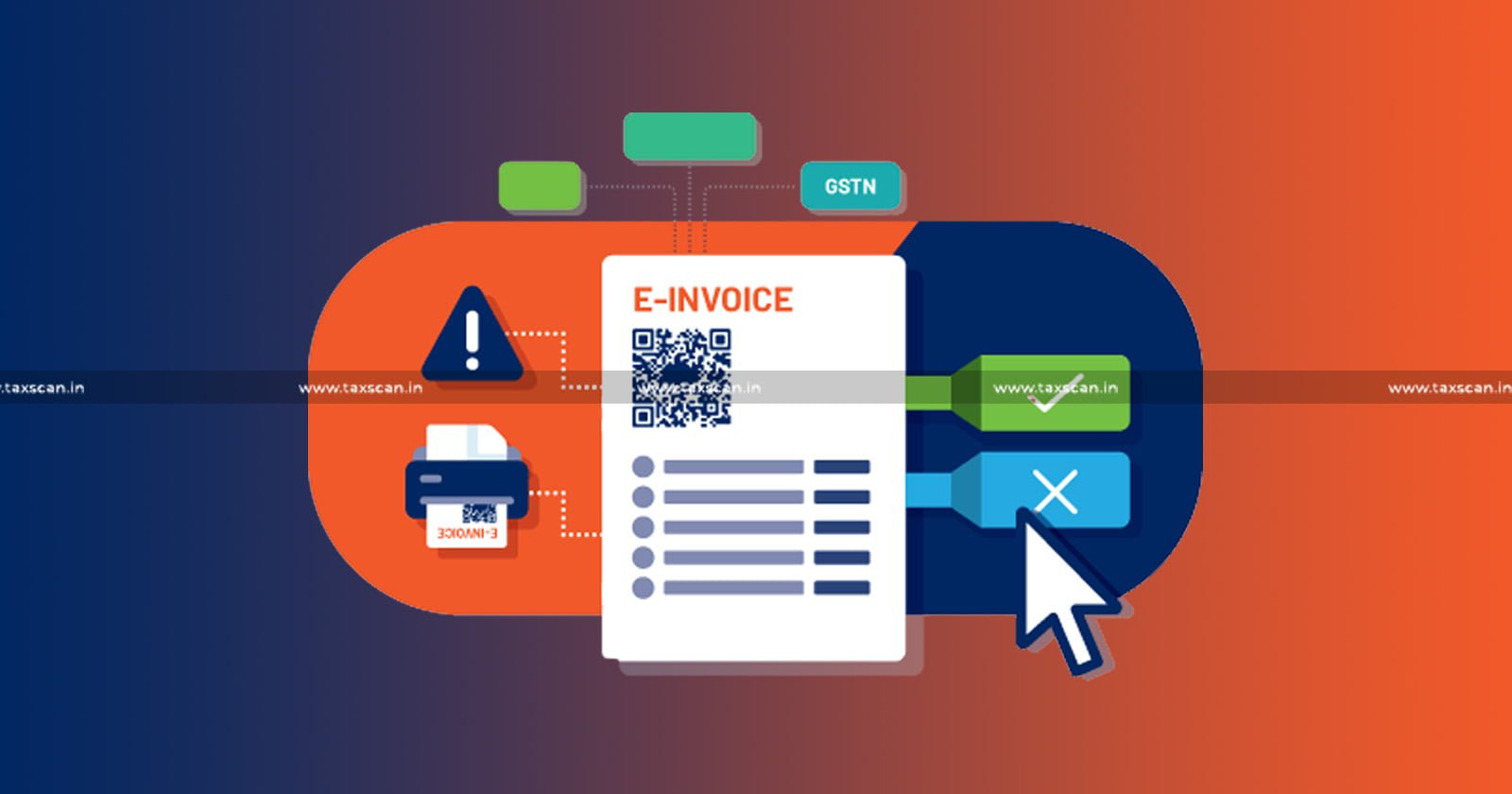Interception for Non-Generation of e-Invoice: What the Law Says and How to Respond
Since e-invoicing became mandatory in phases beginning October 2020, road checks by Mobile Squads have increasingly focused on whether the invoice in the truck bears an Invoice Reference Number (IRN)

Background
Since e-invoicing became mandatory in phases beginning October 2020, road checks by Mobile Squads have increasingly focused on whether the invoice in the truck bears an Invoice Reference Number (IRN) and QR-code. The issue took on a new edge after the GSTN advisory that, from 1 November 2023, taxpayers with annual aggregate turnover (AATO) of ₹100 crore or more must upload an invoice to the IRP within 30 days of its date—failing which the document is treated as invalid.
A parallel advisory extends the same 30-day cap to taxpayers with AATO of ₹10 crore and above from 1 April 2025.
Stay Updated with the Latest Audit Report Formats & Audit Trials Requirements! Click here
Statutory Matrix
- Rule 48(4) & (5), CGST Rules – prescribes e-invoice generation for specified taxpayers and outlaws invoices issued without IRN after the cut-off.
- Section 68 & Rule 138 – mandate a valid e-Way Bill when consignment value exceeds ₹50,000.
- Section 129(1)(a) – allows detention and a penalty equal to 200 % of the tax if “transported without the documents specified under this Act … with intent to evade payment of tax”.
- Section 125 – residuary penalty (up to ₹25,000) for breaches where no specific penalty is provided.
Crucially, neither the Act nor the Rules state that an IRN must exist before a vehicle starts moving. Even under the 30-day upload window, the omission is temporal, not substantive, unless the time limit has expired.
Judicial Drift: From ‘Technical Lapse’ to ‘No Mens Rea, No 129’
High Courts have repeatedly quashed detention orders where the sole ground was non-generation of an e-invoice while: (i) a tax invoice existed, (ii) a valid e-Way Bill accompanied the goods, and (iii) there was no allegation of suppressed value. Representative rulings include:
- Nancy Trading Co. v. State of U.P. (2024) – terming the lapse “purely technical” and ordering release without penalty.
- Agarwal Steels v. Addl. Commr. (2025) – holding that failure to generate IRN is not ipso facto proof of evasion.
- Shyam Sel & Power Ltd. (2023) and Kamal Envirotech (P) Ltd. (2025) – stressing the need to prove intent before invoking the harsh machinery of §129/130.
While some of these cases are still under appeal, the ratio across benches is consistent: detention must be proportionate and supported by material that points to evasion, not merely paperwork gaps.
Natural-Justice Angle
Section 75(4) requires that “an opportunity of hearing shall be granted where a request is received in writing or where any adverse decision is contemplated.” Serving a Show-Cause-cum-Detention notice simultaneously with physical seizure leaves no real chance to explain, rendering the proceedings vulnerable to challenge.
Penalty Hierarchy and the Principle of Proportionality
| Scenario | Applicable section | Quantum ceiling | Typical use-case |
| Minor procedural lapse (no revenue implication) | §125 | ₹25 000 | Missing signature, wrong document series, delayed IRN within 30 days |
| Document lapse plus intent to evade | §129(1)(a) | 200 % of tax | Fake invoices, suppressed value, expired e-Way Bill, bogus transporter |
If the consignment’s tax and value are correctly disclosed and the IRN could still have been generated within the statutory window, the case falls squarely in the first row.
Practical Defence Blueprint
- Generate the IRN immediately (if the 30-day clock has not run down) and annex it to the reply.
- Highlight compliance evidence: tax invoice, live e-Way Bill, LR, payment proofs.
- Invoke CBIC Circular 64/38/2018-GST, para 4: minor document discrepancies should not trigger detention.
- Press for §125 treatment: cite the proportionality doctrine and the High-Court line of cases.
- Seek a personal hearing and insist on a speaking order.
Operational Takeaways for Taxpayers
- Automate e-invoice integration with ERP-transport modules to avoid human delays.
- Train drivers to carry both PDF invoices (with QR-code once generated) and e-Way Bills in physical or electronic form.
- Monitor the 30-day timer; many ERPs can trigger alerts well before expiry.
- Document everything: interception memos, officer IDs, photos of goods, GPS logs—helpful if litigation follows.
Conclusion
Detention for missing IRN, without any under-valuation or mismatched e-Way Bill, is increasingly viewed by courts as a procedural misstep rather than a fraud.
A well-marshalled reply—like the draft provided—anchors itself on (i) the open statutory window, (ii) absence of revenue risk, and (iii) settled jurisprudence that mens rea is indispensable for invoking the confiscatory machinery of S.129. When those pillars are firmly in place, the law and equity alike favour release of goods and at most a nominal penalty.
To Read the full text of the Order CLICK HERE
Support our journalism by subscribing to Taxscan premium. Follow us on Telegram for quick updates


